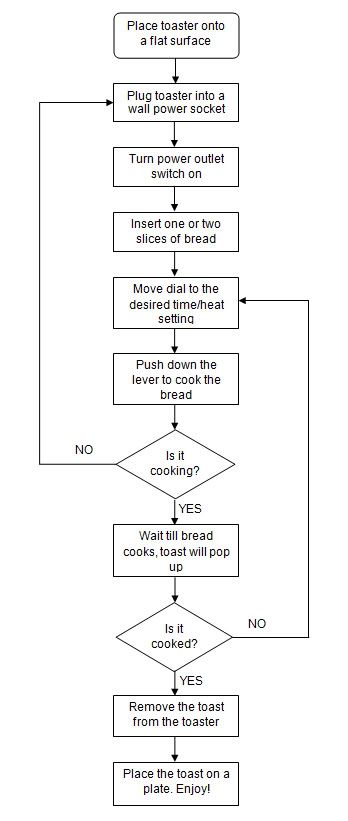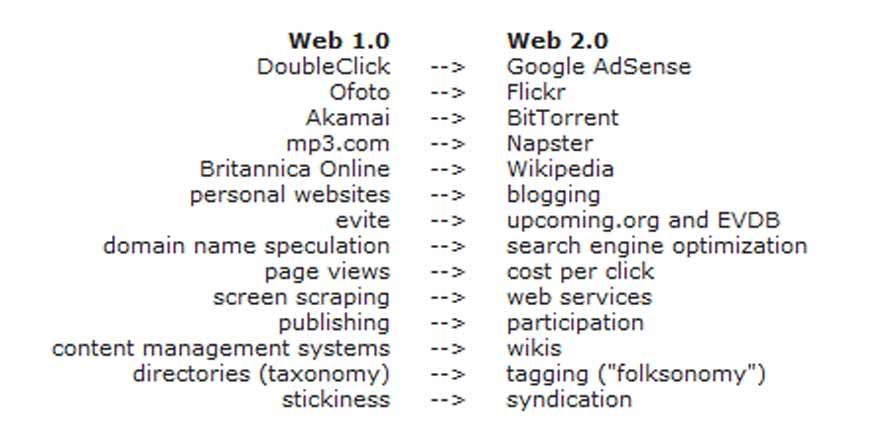


 This is a mood board for the following scenario:
This is a mood board for the following scenario:

 This is a very clear example of information design and this shows the mapping system for the train around Sydney. Each colour line is representative of transit line and has very clear translation of what where.
This is a very clear example of information design and this shows the mapping system for the train around Sydney. Each colour line is representative of transit line and has very clear translation of what where. This image is of the of graph that is about how American waste time sitting in traffic and it compares the times trough visually appealing design. each icon is different like the film, book and CD.
This image is of the of graph that is about how American waste time sitting in traffic and it compares the times trough visually appealing design. each icon is different like the film, book and CD. This shows a playful information design, as it gives the information about where the fruits has come and traveled from through a geographical graph.
This shows a playful information design, as it gives the information about where the fruits has come and traveled from through a geographical graph. This is an Instructional design example that shows how to make a shelter. This is very affective as it does not use any words but only uses visual imagery to guide the user.
This is an Instructional design example that shows how to make a shelter. This is very affective as it does not use any words but only uses visual imagery to guide the user.
 J.K Rowling - J.K Rowling's website is a very entertaining website giving users the ability to interact with the site. Searching through the site gives the user the feeling of looking through your desk trying to find a certain thing.
J.K Rowling - J.K Rowling's website is a very entertaining website giving users the ability to interact with the site. Searching through the site gives the user the feeling of looking through your desk trying to find a certain thing. Adidas - This website is designed in away that so that the user receives the information through moving the mouse over each image to allow the text to pop up. Adidas is an entertaining site that uses type and graphics to create an engaging interaction searching the site.
Adidas - This website is designed in away that so that the user receives the information through moving the mouse over each image to allow the text to pop up. Adidas is an entertaining site that uses type and graphics to create an engaging interaction searching the site.
 Web 2.0 is the term given to describe a second generation of the World Wide Web that is focused on the ability for people to collaborate and share information online. Web 2.0 basically refers to the transition from static HTML Web pages to a more dynamic Web that is more organized and is based on serving Web applications to users. Other improved functionality of Web 2.0 includes open communication with an emphasis on Web-based communities of users, and more open sharing of information. Over time Web 2.0 has been used more as a marketing term than a computer-science-based term. Blogs, wikis, and Web services are all seen as components of Web 2.0.
Web 2.0 is the term given to describe a second generation of the World Wide Web that is focused on the ability for people to collaborate and share information online. Web 2.0 basically refers to the transition from static HTML Web pages to a more dynamic Web that is more organized and is based on serving Web applications to users. Other improved functionality of Web 2.0 includes open communication with an emphasis on Web-based communities of users, and more open sharing of information. Over time Web 2.0 has been used more as a marketing term than a computer-science-based term. Blogs, wikis, and Web services are all seen as components of Web 2.0. (http://www.oreillynet.com/pub/a/oreilly/tim/news/2005/09/30/what-is-web-20.html)
(http://www.oreillynet.com/pub/a/oreilly/tim/news/2005/09/30/what-is-web-20.html)